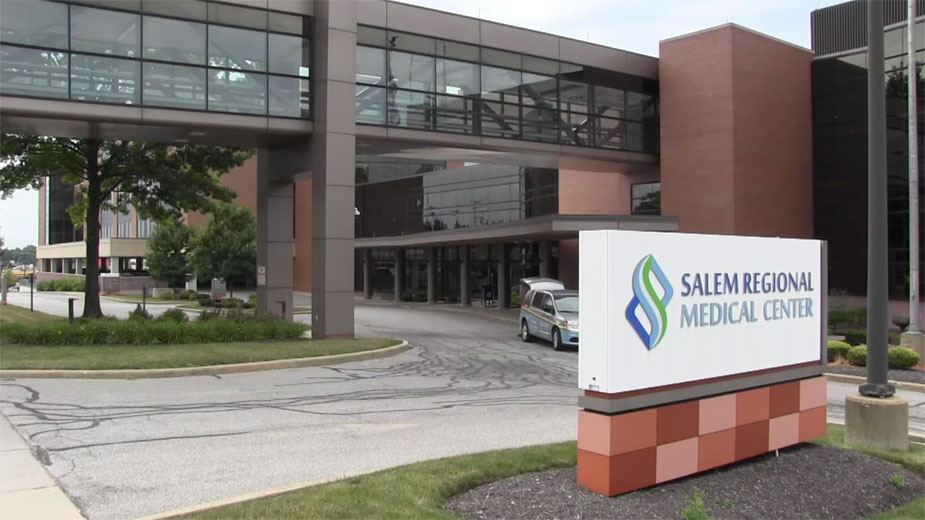Opioids Drive Increase in Overdose Deaths for 2016
COLUMBUS – Ohio’s opioid epidemic continued to evolve in 2016 with stronger drugs driving an increase in overdose deaths, according to a new report released by the Ohio Department of Health.
The report shows a sharp rise in deaths involving the opioid fentanyl, the emergence of more deadly fentanyl-related drugs like carfentanil, and indications that cocaine is now being used with fentanyl and other opiates. The report also contains some promising news – the fewest prescription opioid overdose deaths since 2009.
“The continued increase in opioid-related deaths reaffirms that we still have much work to do, but Ohio is seeing important progress in reducing the number of prescription opioids available for abuse and prescription-related overdose deaths,” said Dr. Mark Hurst, medical director of the Ohio Department of Mental Health and Addiction Services and interim medical director of the Department of Health. “This progress is significant because prescription opioid abuse is frequently a gateway to heroin and fentanyl use later on.”
Overdose deaths increased from 3,050 in 2015 to 4,050 last year, and fentanyl and related drugs were involved in 58.2% of them. By comparison, fentanyl was involved in 37.9% of overdose deaths in 2015, 19.9% in 2014, 4% in 2013 and 3.9% in 2012. Illegally produced fentanyl can be hundreds of times stronger than heroin, and carfentanil and other related drugs can be even stronger.
With the emergence of carfentanil in 2016, the fentanyl-related drug was involved in 340 overdose deaths, most of them during the second half of the year. The number of cocaine-related overdose deaths increased from 685 in 2015 to 1,109 in 2016 – a 61.9% increase. Of cocaine-related overdose deaths, 80.2% also involved an opiate, and 55.8% involved fentanyl and related opiates in particular.
Of all unintentional drug overdose deaths, the percentage of prescription opioid-related deaths declined for the fifth straight year in 2016, and the number of such deaths declined 15.4% from 667 in 2015 to 564 in 2016, the fewest since 2009. Opioid prescribing in Ohio declined for a fourth consecutive year in 2016, according to the State of Ohio Board of Pharmacy. Between 2012 and 2016, the total number of opioids dispensed to Ohio patients decreased by 162 million doses or 20.4%. There was a 78.2% decrease in the number of people engaged in the practice of “doctor shopping” for controlled substances since 2012.
This progress corresponds with efforts to reduce the prescription opioid supply available for diversion and abuse by stepping up law enforcement efforts, working with medical professionals to establish opioid prescribing guidelines, and empowering prescribers and pharmacists to prevent opioid abuse using Ohio’s prescription drug monitoring system, the Ohio Automated Rx Reporting System, or OARRS.
Ohio is investing about $1 billion each year to help communities battle the scourge of drug abuse and addiction at the local level, including significant funding to help address treatment, prevention and law enforcement. Those resources include:
- Helping communities purchase the life-saving drug naloxone
- Investing in specialized drug courts that link offenders with treatment
- Providing safe, stable housing to help drug-addicted Ohioans recover
- Increasing funding for individuals needing addiction and behavioral health treatment
- Enforcing Ohio’s drug laws to prevent the illegal distribution of powerful synthetic opioids
Ohio’s new two-year state budget includes an additional $170 million to support local and state efforts to combat opioid abuse and overdose deaths. At this year’s State of the State Address, Gov. John R. Kasich asked the Third Frontier Commission to provide up to $20 million to help bring new scientific breakthroughs to the battle against drug abuse and addiction. The Third Frontier Commission approved this request in May and will announce the first funded projects in December.
The state also is surging resources into communities hardest hit by Ohio’s opioid epidemic.
The Ohio Department of Mental Health and Addiction Services will receive up to $26 million a year during the next two years through the federal 21st Century Cures Act to help fight Ohio’s opioid epidemic at the state and local levels. The funding will help support medication-assisted treatment; prevention; screening, brief intervention and referral to treatment; recovery supports; workforce development; and addressing secondary trauma among first responders (EMS personnel, firefighters, law enforcement, etc.).
ODH has been awarded a four-year federal grant totaling $6.6 million to combat prescription drug overdoses. ODH has awarded grants to 14 high-burden counties to implement comprehensive prescription drug overdose prevention programs focusing on coalition development, healthcare prescriber education and healthcare system changes for safer opioid prescribing practices, and increasing access to the opiate overdose reversal drug naloxone.
In addition, members of the Governor’s Opiate Action Team have met with local leaders in 20 Ohio communities that have the highest burden of drug overdoses to ensure that communities are mounting a coordinated response and taking advantage of the tools and resources that the state has made available. Promising local practices were identified during these visits and have helped inform the development of an updated Action Guide to Address Opioid Abuse as a resource for Ohio’s communities.
A list of Ohio’s efforts in combating opioid abuse and overdose deaths is here.
Copyright 2024 The Business Journal, Youngstown, Ohio.



